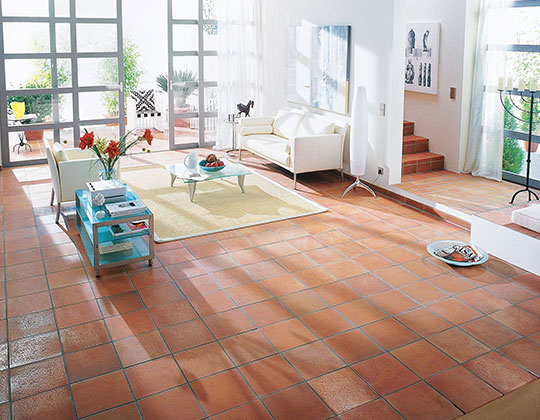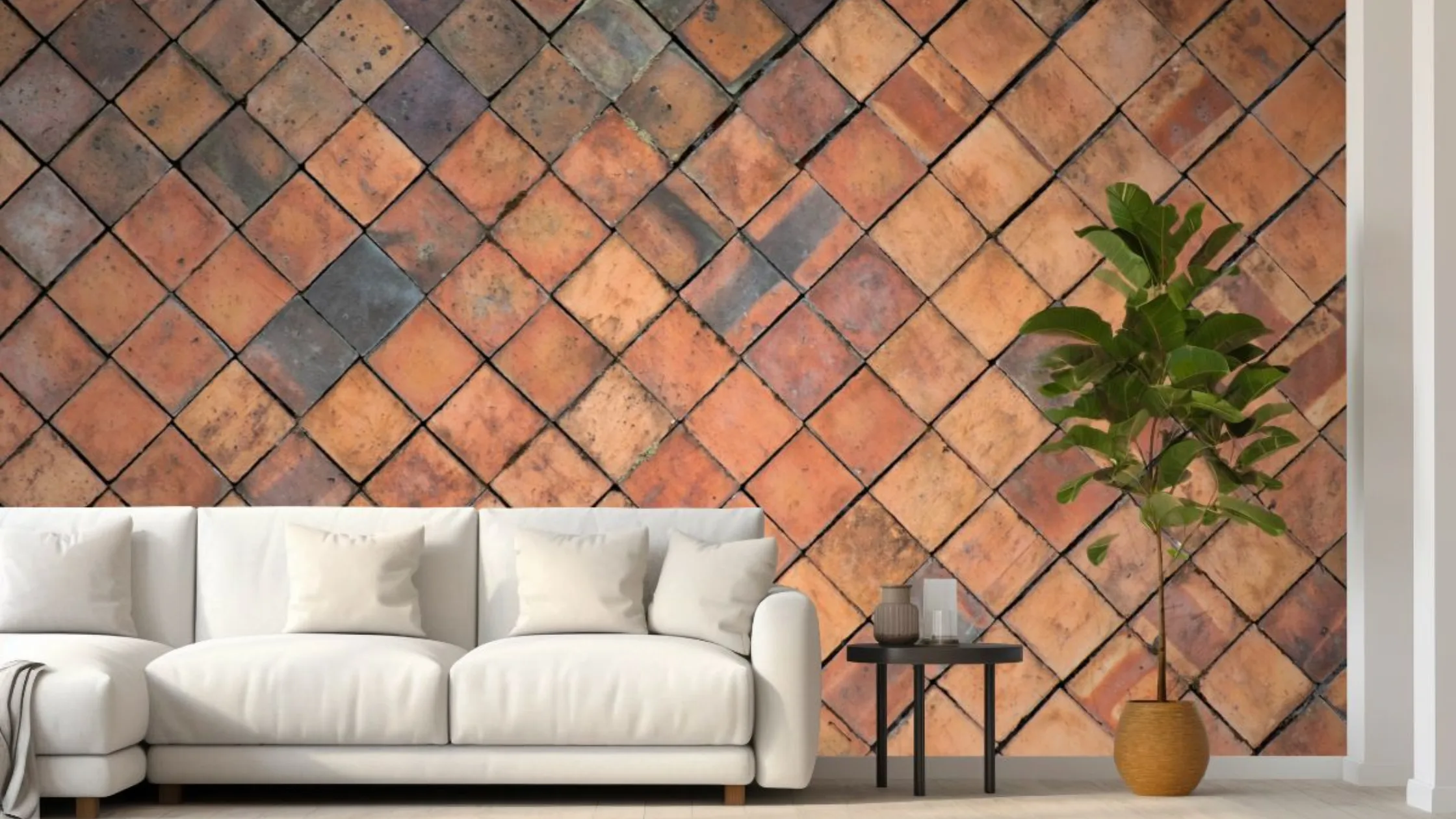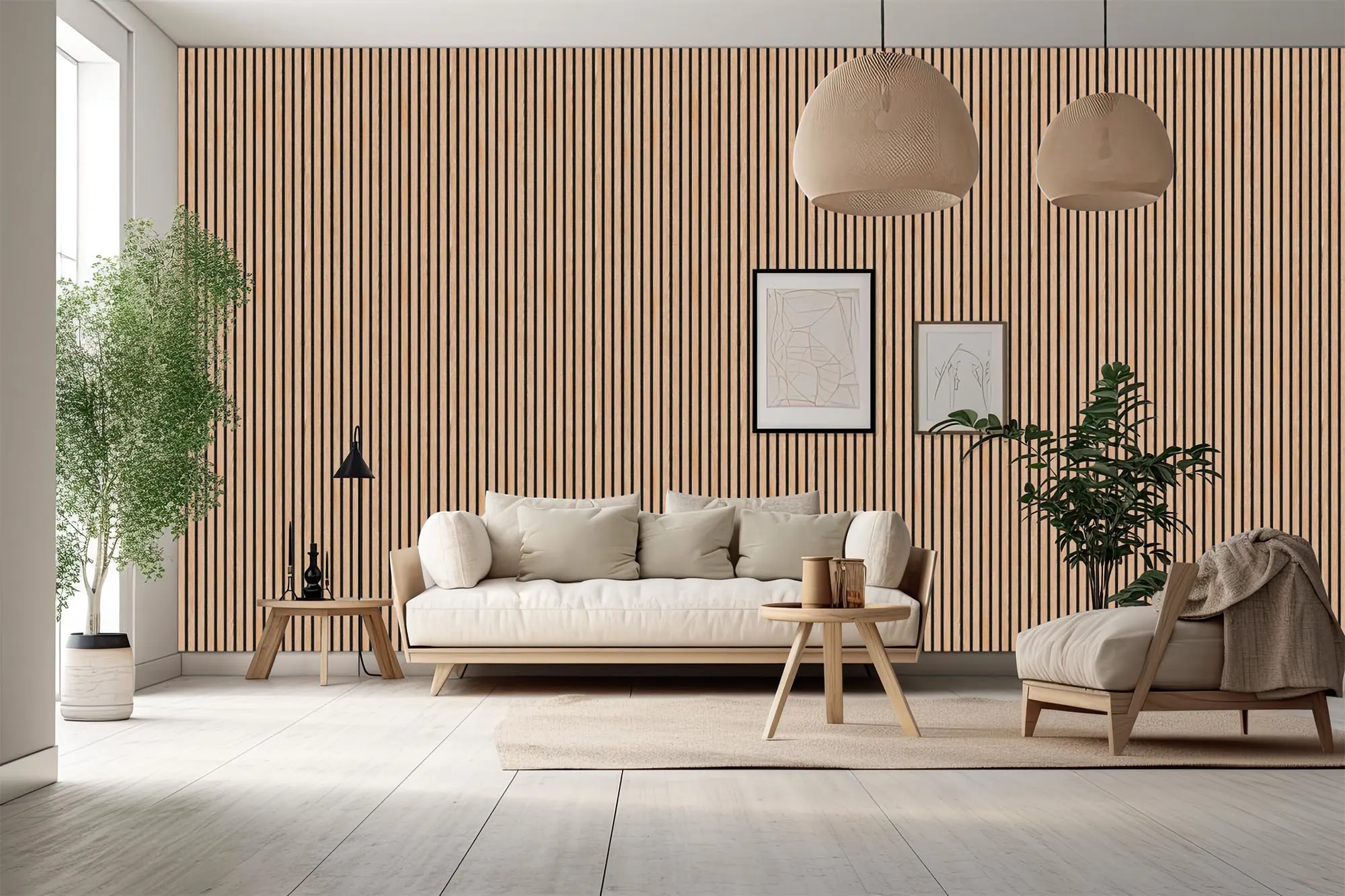Table of Content
Terracotta has been an enduring material in human history, celebrated for its versatility, durability, and natural beauty. From ancient sculptures at Mohenjo-Daro to Tuscan villa roofs, terracotta has stood the test of time, blending functionality with aesthetics. In India, the legacy continues through intricately designed jaalis in Mughal forts and traditional temples, showcasing the material’s cooling properties, natural ventilation, and unique appeal.
In modern architecture and interior design, terracotta tiles are making a remarkable comeback. Architects and homeowners are embracing them for their rustic charm, thermal efficiency, and ability to harmonize traditional designs with contemporary spaces. This article explores the essence of terracotta, its types, benefits, practical uses, and how it differs from ceramic, helping you understand why terracotta tiles remain an enduring choice.
What is Terracotta?
Terracotta, derived from Italian meaning “baked earth,” is a clay-based material rich in iron oxides. Its distinctive orange-brown hue comes from firing clay at relatively low temperatures. Unlike ceramic, which often combines clay with silica and feldspar and is fired at higher temperatures, terracotta remains porous, breathable, and naturally earthy.
The porous structure of terracotta allows air to pass through, making it ideal for ventilated panels and cooling jaalis. Beyond functional benefits, it lends a warm, rustic aesthetic to interiors and exteriors alike. Its versatility spans from decorative pieces to architectural façades, tiles, and cookware, proving why this material has endured for centuries.
Also Read: Types of Marble: Cost, Uses & Best Options for Home Interiors

Terracotta Tiles and Their Modern Appeal
Terracotta tiles have regained popularity in contemporary design for several reasons:
- Revival of Tradition: Designers use these tiles to bring historical charm into modern homes.
- Aesthetic Versatility: Available in various finishes and textures, terracotta tiles add warmth and elegance.
- Functional Benefits: Porous and breathable, they regulate indoor temperatures naturally.
- Blend of Old and New: Terracotta tiles complement both traditional motifs and modern minimalist interiors.
From flooring to wall cladding, terracotta tiles create spaces that feel organic, timeless, and sophisticated.
Benefits of Terracotta Tiles
- Durability: With proper installation, terracotta tiles last for decades, resisting everyday wear and tear while maintaining their visual appeal.
- Outdoor Suitability: Terracotta withstands rain, sunlight, and extreme temperatures, making it ideal for patios, walkways, and external walls.
- Low Maintenance: Routine cleaning is simple with a damp cloth. Immediate attention to spills prevents staining.
- Sustainability: Terracotta is eco-friendly, requiring less energy to produce, offering natural thermal insulation, and reducing cooling needs.
- Design Variety: Available in multiple shapes, sizes, colors, and patterns, terracotta tiles allow homeowners to customize spaces creatively.
Practical Maintenance Tips for Terracotta Tiles
Proper care ensures longevity and preserves the aesthetic appeal of terracotta tiles.
Daily Cleaning:
- Wipe with a damp cloth using warm water and a neutral cleaner.
- Clean spills immediately to prevent staining.
Deep Cleaning:
- Use specialized terracotta tile cleaners for tough stains.
- Scrape and rinse thoroughly to remove residue.
Sealing:
- Apply high-quality sealants every 2–3 years, especially in high-traffic areas.
- Sealing prevents moisture penetration, protects against stains, and extends tile life.
Protection Tips:
- Ensure tiles are clean and dry before sealing.
- Avoid harsh chemical cleaners that may damage the porous surface.
Following these guidelines preserves the natural beauty and functionality of terracotta tiles for years.
Types of Terracotta
Terracotta comes in various types, each suited for specific applications:
|
Type |
Porosity |
Strength |
Water Absorption |
|
High-Density Terracotta |
Low |
High |
High |
|
Low-Density Terracotta |
High |
Low |
High |
|
Glazed Architectural Terracotta |
Very Low |
High |
Minimal |
|
Brownstone/Hollow Cast |
Moderate-High |
Moderate |
Moderate |
|
Fireproof Structural Terracotta |
Moderate |
Varies |
Varies |
|
Ceramic Veneer Terracotta |
Moderate-Low |
Moderate-High |
Moderate-Low |
These variations allow designers and architects to select terracotta tiles based on structural requirements, durability, and water resistance, enhancing functionality without compromising aesthetics.
Terracotta vs Ceramic
Understanding the differences between terracotta and ceramic helps in selecting the right material for your project.
|
Feature |
Terracotta |
Ceramic |
|
Composition |
Clay rich in iron |
Clay mixed with silica, feldspar |
|
Firing Temp |
Low temperature |
Higher temperature |
|
Porosity |
Highly porous |
Controlled; glazing reduces porosity |
|
Appearance |
Earthy, reddish-brown |
Customizable colors and finishes |
|
Usage |
Tiles, décor, architectural elements |
Tiles, tableware, medical equipment |
Key Takeaway: Choose terracotta tiles for natural warmth, rustic charm, and breathable surfaces, while ceramics suit highly glazed, uniform, and moisture-controlled applications.
Also Read: Urban Indian Decor Ideas for Stylish Homes in 2025
Applications of Terracotta
The versatility of terracotta tiles extends beyond flooring:
- Flooring and Wall Tiles: Indoor or outdoor spaces benefit from durability and aesthetic charm.
- Cladding and Facades: Enhances architectural appeal while providing insulation.
- Decorative Elements and Sculptures: Adds traditional artistic value.
- Cookware and Tableware: Natural, heat-resistant, and eco-friendly.
- Architectural Features: Jalis, ventilated panels, and window inserts combine function and design.
Terracotta tiles bring harmony between functional design and visual elegance in every application.
Conclusion
Terracotta remains an enduring material celebrated for its aesthetic beauty, sustainability, and functional advantages. Terracotta tiles offer homeowners and architects an opportunity to merge tradition with modernity, providing durability, thermal efficiency, and design versatility.
Whether used in flooring, facades, decorative elements, or outdoor spaces, terracotta tiles make a statement of timeless elegance. By choosing terracotta, you embrace a material that has withstood centuries of architectural innovation while offering sustainable and visually stunning design solutions.







_1767164061.webp)


Ans 1. Terracotta is a clay-based material rich in iron oxides, which gives it its distinctive reddish-brown hue. The term “terracotta” comes from Italian, meaning “baked earth,” referring to the process of shaping and firing clay at relatively low temperatures to create durable, porous, and breathable materials suitable for tiles, décor, and architectural elements.
Ans 2. Terracotta tiles are made from pure clay and fired at lower temperatures, making them porous and naturally earthy in appearance. Ceramic tiles, in contrast, are made from clay mixed with silica and feldspar, fired at higher temperatures, and often glazed, giving them uniform colors and lower porosity. Terracotta is ideal for natural, rustic aesthetics, while ceramic suits highly polished, moisture-resistant applications.
Ans 3. Terracotta tiles are durable, eco-friendly, and provide natural thermal insulation. They are suitable for indoor and outdoor spaces, require low maintenance, resist everyday wear and tear, and offer aesthetic versatility with a warm, rustic charm. Properly sealed, they can last for decades while enhancing both traditional and modern designs.
Ans 4. Terracotta comes in several types based on density, porosity, and strength: high-density terracotta, low-density terracotta, glazed architectural terracotta, brownstone/hollow cast, fireproof structural terracotta, and ceramic veneer terracotta. Each type serves different structural and design purposes, from flooring and façades to decorative and functional elements.
Ans 5. Terracotta tiles are highly versatile and can be used for flooring, wall cladding, façades, decorative panels, sculptures, and even cookware. Their porous and breathable nature makes them ideal for ventilated panels, jaalis, patios, and other areas requiring natural insulation and aesthetic warmth.
Ans 6. Daily cleaning with a damp cloth and neutral cleaner is recommended, while spills should be addressed immediately. Deep cleaning can be done with specialized terracotta cleaners. Tiles should be sealed every 2–3 years to prevent moisture penetration, stains, and damage, particularly in high-traffic areas. Harsh chemicals should be avoided to maintain the tile’s natural texture and longevity.
Ans 7. Yes, terracotta is sustainable as it requires less energy to produce, offers natural thermal insulation, and reduces the need for mechanical cooling. Its clay-based composition and minimal processing make it an environmentally responsible choice for both construction and interior design.
Ans 8. Absolutely. Terracotta is suitable for patios, walkways, external walls, and garden spaces because it can withstand sunlight, rain, and temperature fluctuations. Choosing high-density or glazed varieties can enhance durability and water resistance for outdoor applications.
Ans 9. Yes, sealing terracotta tiles is essential to prevent moisture penetration, staining, and wear. High-quality sealants should be applied every 2–3 years, especially in areas exposed to water, heavy traffic, or outdoor conditions. Proper sealing ensures longevity and preserves the tile’s natural aesthetic.
Ans 10. Choose terracotta if you want a natural, rustic look with breathability and thermal efficiency. Opt for ceramic tiles if you prefer uniform colors, glossy finishes, and highly moisture-resistant surfaces. Your choice depends on the location, design style, and functional requirements of your project.